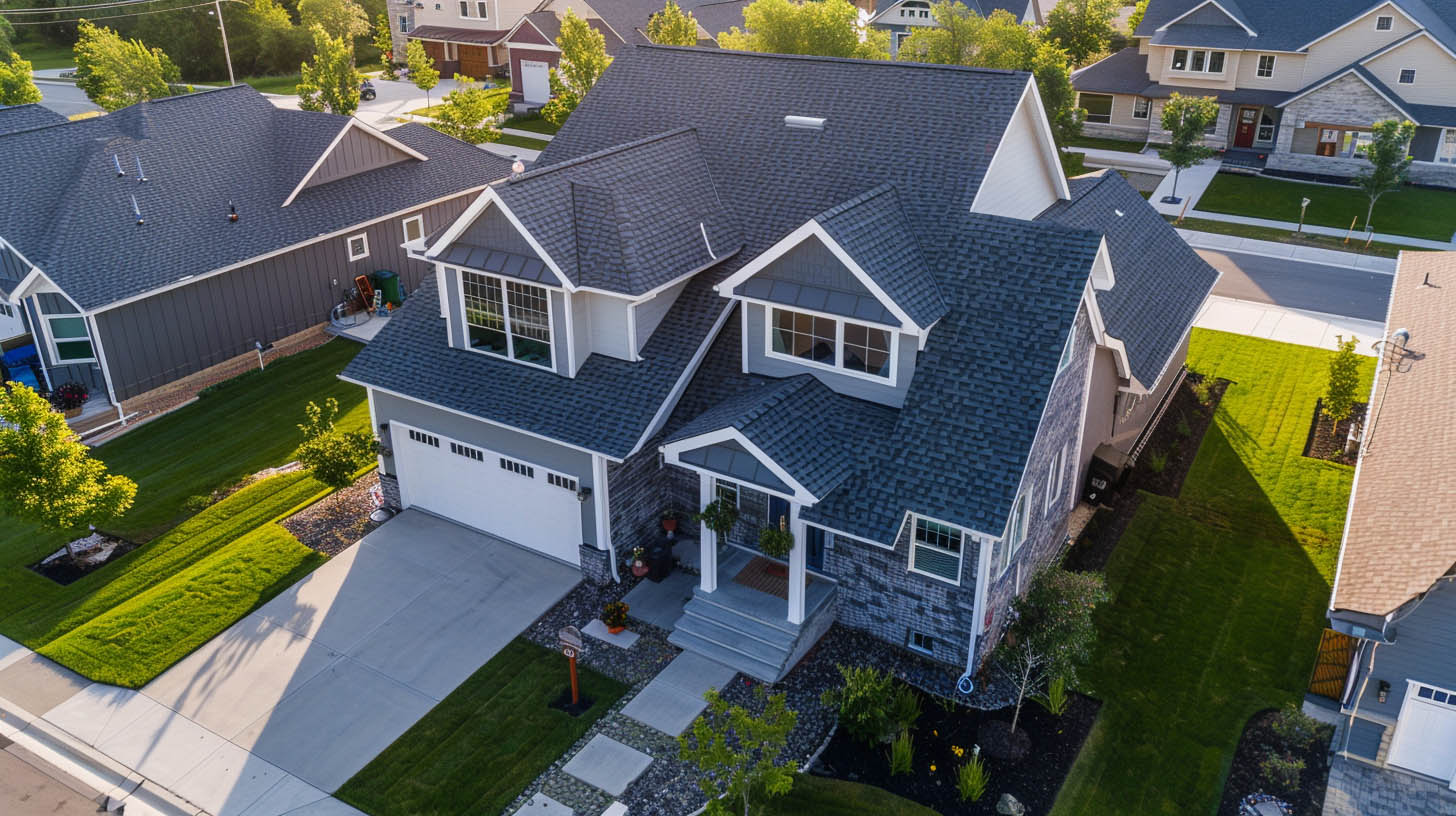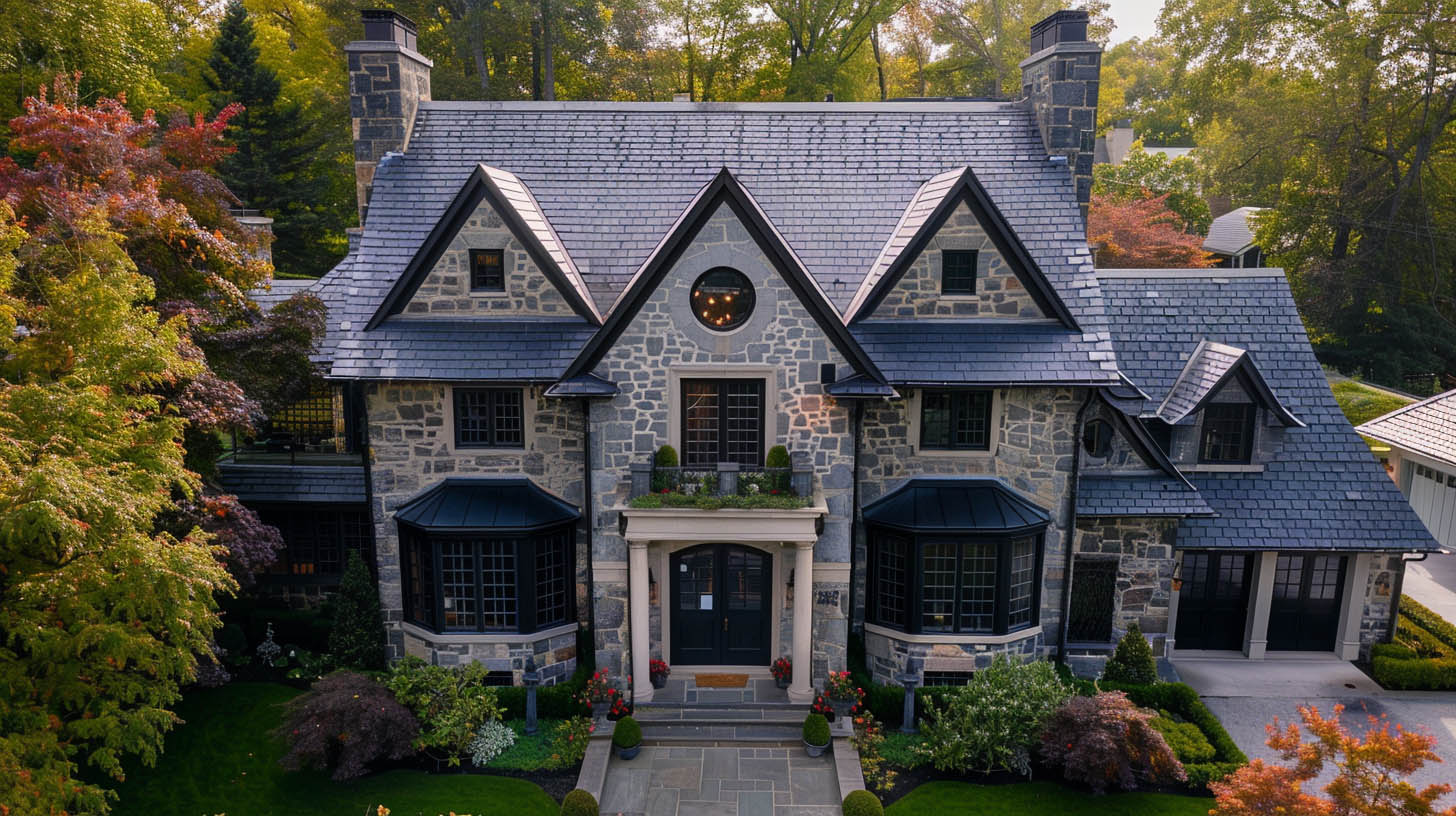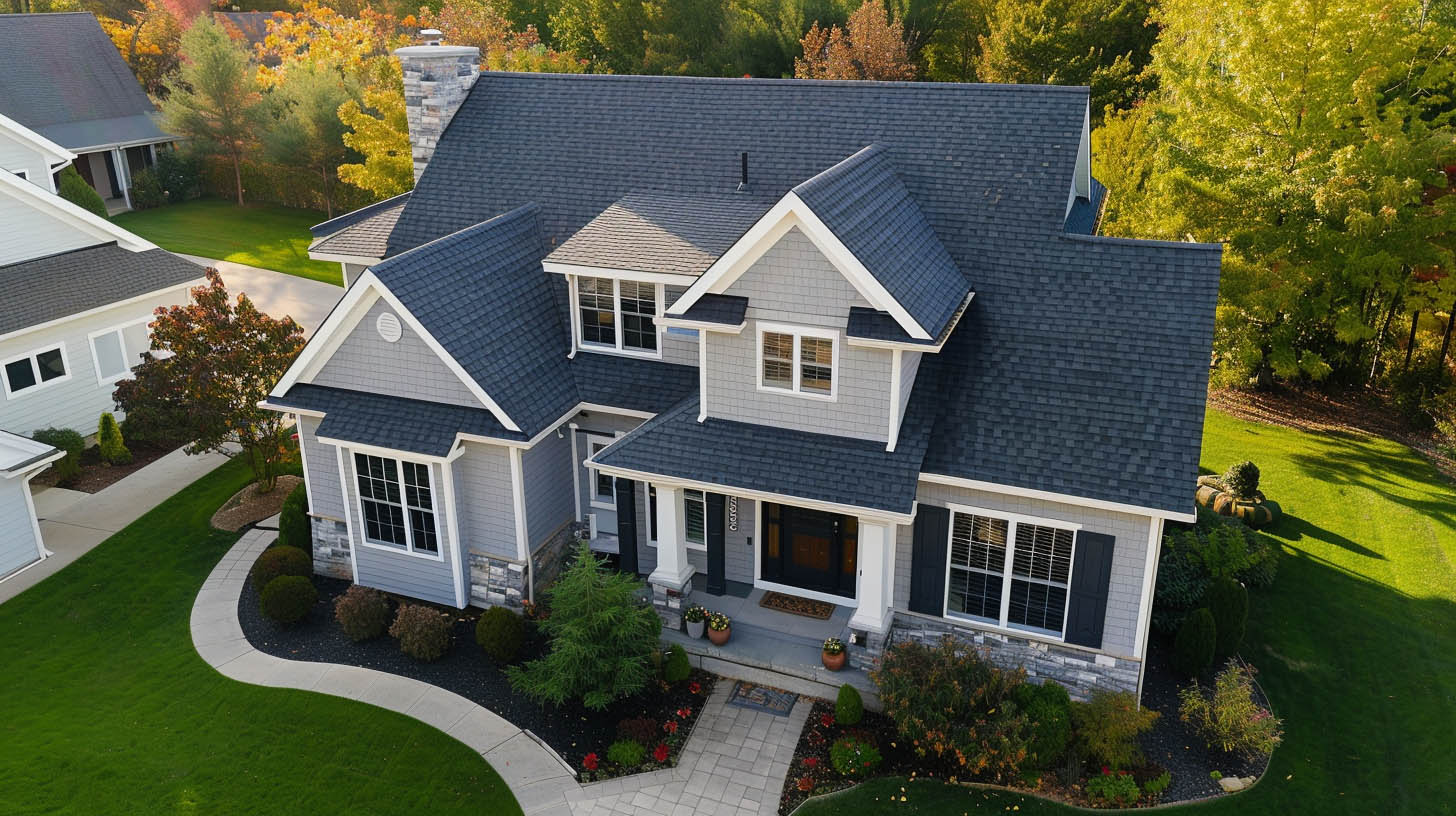
The Role of Roof Underlayment
Roof underlayment is pivotal in enhancing your roof’s protection, primarily serving to thwart water infiltration. It operates as a supplementary shield, especially beneficial in the event of damage to the outer roofing layer. Underlayment types vary, including:- Asphalt-Saturated Felt: This traditional choice, known for its felt material soaked in asphalt, provides basic water resistance.
- Synthetic Underlayment: A modern, superior alternative, crafted from materials like polypropylene, which boasts heightened durability and weather resistance.
Exposure Limits: Understanding the Threshold
Roof underlayment is inherently a temporary protective measure, not intended to remain uncovered indefinitely. The material type and prevailing weather conditions significantly influence its exposure tolerance:- Asphalt-Saturated Felt: Typically endures a few weeks of exposure before its water-resisting capabilities begin to wane.
- Synthetic Underlayment: With its robust composition, it can withstand exposure for several months without notable degradation.
Influential Factors on Exposure Duration
The exposure span of roof underlayment is subject to various factors:- Local Climate: Harsh weather, including heavy rain or intense sun, can accelerate underlayment wear.
- Roof Slope: Steeper slopes facilitate quicker water runoff, potentially reducing underlayment exposure time.
- Underlayment Quality: The material’s grade and thickness directly impact its resilience over time.


